
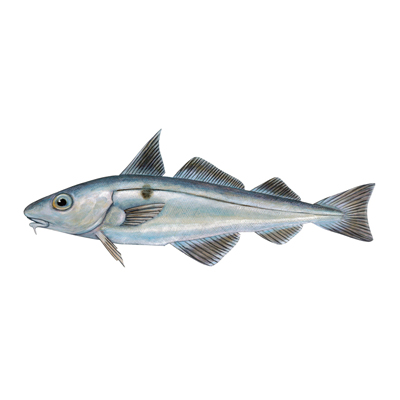
A member of the cod family, Haddock is a popular fish cooked fresh or traditionally smoked. The meat is firm and white, high in protein and low in fat.
Haddock is a naturally fluctuating stock, which does better during colder winters. The latest ICES report shows that stocks are high but are declining and that fishing pressure is now above sustainable levels, and ICES are advising that fishing pressure should be reduced. Cornish boats often run out of haddock quota making this a choke species. Much effort is being made by demersal trawlers to be more selective and to avoid catching this species when necessary but it is difficult in our mixed trawl fisheries. Always avoid eating undersized fish (below 30 cm) and during their main breeding season in March and April.
In 2021 424 tonnes of haddock were landed to Cornish ports with a total value of £830k (MMO data).
Updated July 2023
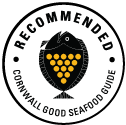
Cornish waters VIIe, f, g and h
Gill nets are lightweight nets made of nylon (monofilament) fishing line that are anchored to the seabed and are used to catch fish by entangling the gills.
Learn more
Cornish waters VIIe, f, g and h
Beam trawls are nets with a steel beam that holds the net open. The belly of the net is made of chains and the upper surface of the net is mesh. Beam trawlers pull two nets along the seabed simultaneously.
Learn moreCornish waters VIIe, f, g and h
Demersal trawls are large nets that are pulled through the water with the bottom edge of the net touching the seabed. At each edge the net is pulled open by metal ‘trawl doors’. Sometimes referred to as Otter trawling.
Learn moreCornwall Good Seafood Guide rates fish on sustainability using a scale of 1 to 5.
1, 2 and 3 are recommended, Fish to avoid are rated 5.
We use the system devised by the Marine Conservation Society (MCS) so our scores are comparable with the scores produced by MCS for the UK and fisheries from all around the world. For more information on scoring click here.
Haddock stocks are currently above sustianable levels (MSY) but are declining. High levels of discarding of juvenile and unwanted haddock make it hard to estimate effect of fishing on stock sizes, and Fishing pressure is above levels to achieve Maximum Sustainable Yeild (MSY), but below precautionary levels. Seafish ecological risk assessment score is 3/5 meaning that there is significant risk for this species. According to ICES fishing effort has reduced in recent years but it is still above levels needed for Maximum sustainable yield. Stock score for this species has changed in 2023 from 0 to 0.25 (out of 1).
This fishery is managed through the EU Common fisheries policy which sets a quota for this species each year. Despite this stocks don’t seem to be re building sufficiently for quotas to be increased despite current good recruitment years. There is no management plan for this species. EU and CIFCA min landing size 30cm.

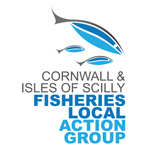
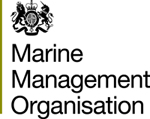
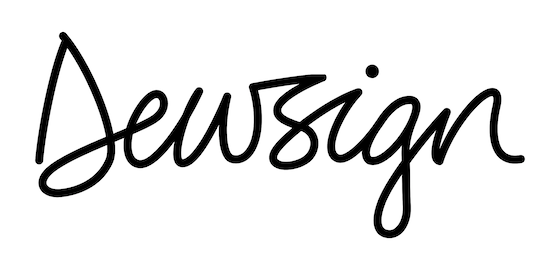


Cornwall Good Seafood Guide is underpinned by the Marine Conservation Society (MCS) Good Fish Guide. The first UK consumer guide to sustainable seafood. For more information visit www.fishonline.org
Cornwall Good Seafood Guide is here to help us all make sustainable seafood choices. Choices that will help us keep the oceans healthy and Cornish fishers' futures safe. This website is funded by Cornwall Wildlife Trust. If you would like to make a meaningful difference to the health of our oceans, please consider making a donation to the Cornwall Wildlife Trust Ocean Emergency fund. Your donation will help safeguard these remarkable environments, ensuring that they continue to thrive for generations to come. Together, we can be stewards of the seas and champions for a healthier, more sustainable future.